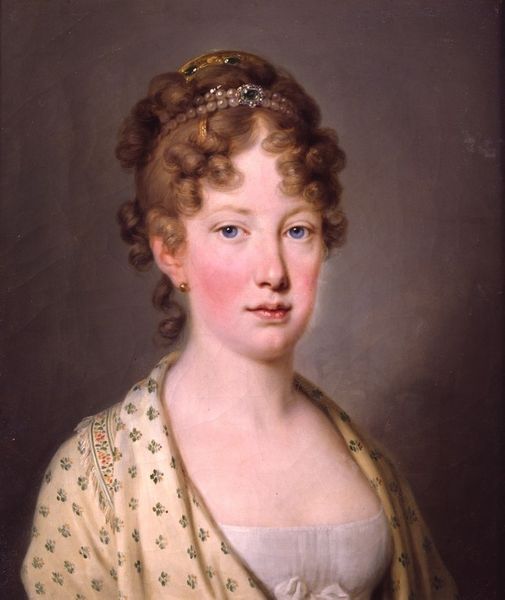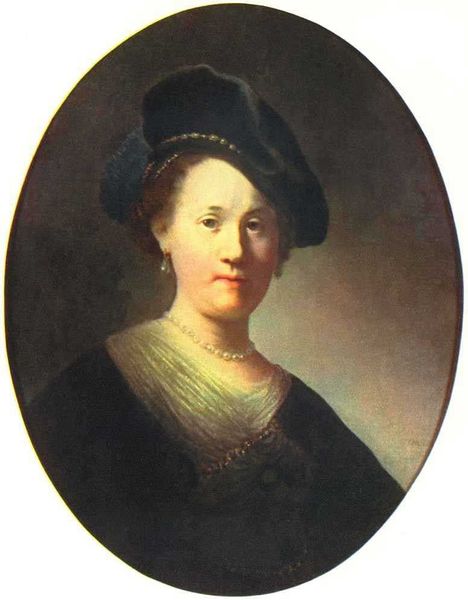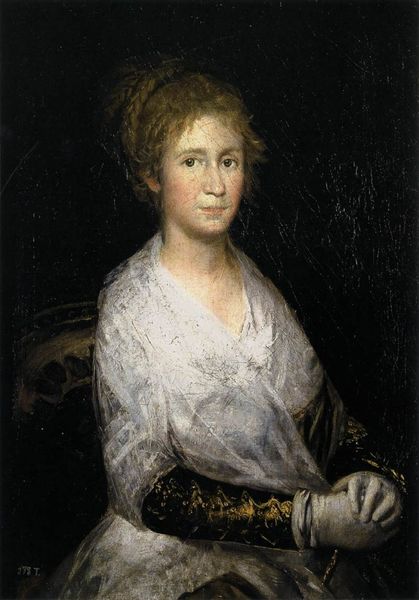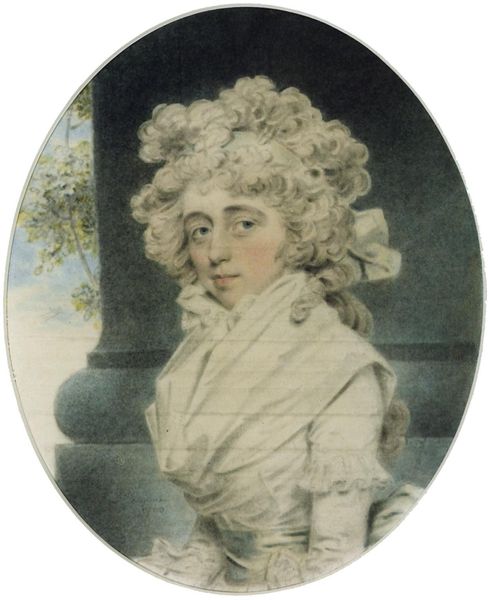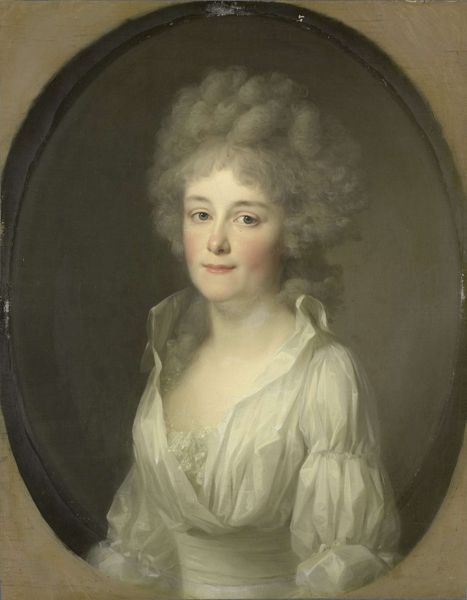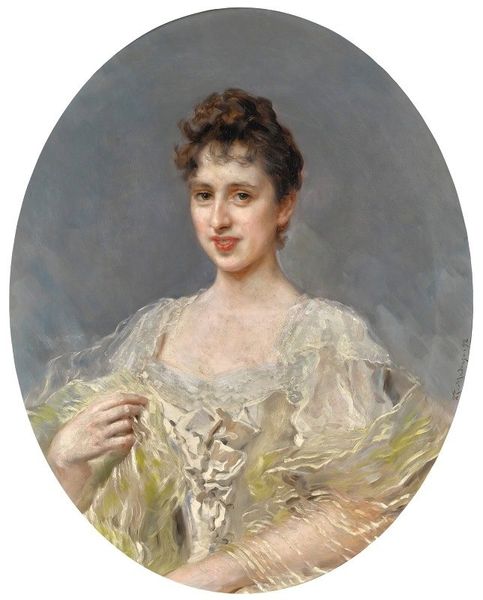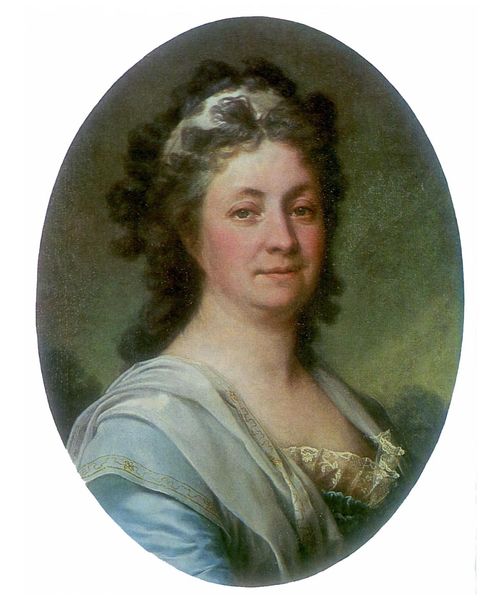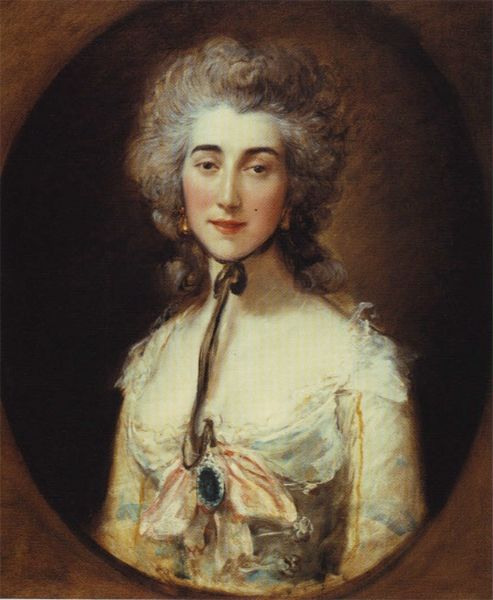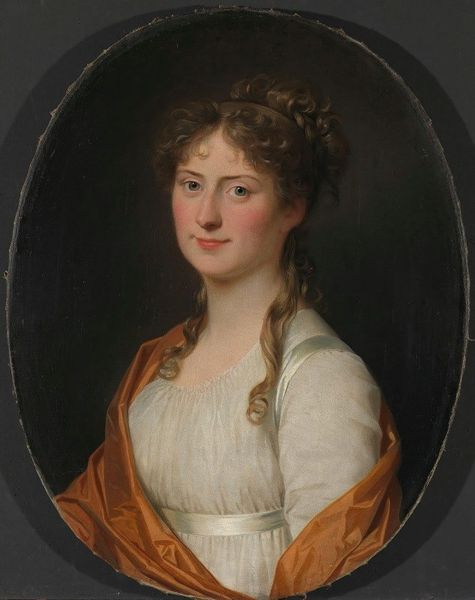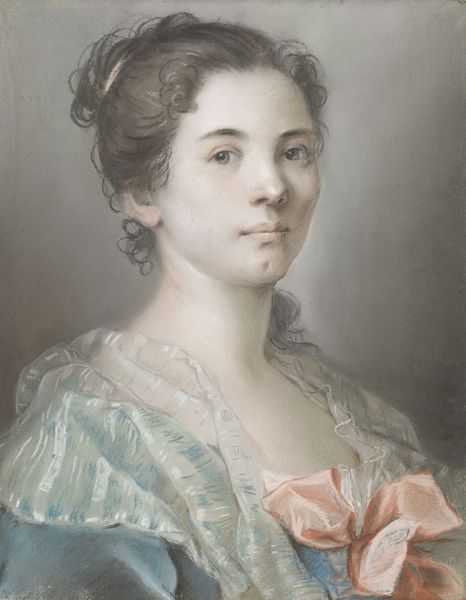
painting
#
portrait
#
painting
#
impressionism
Dimensions: 59 x 48 cm
Copyright: Public domain
Curator: Welcome. We are looking at Francesco Didioni’s, Portrait of a Young Blond Woman. This painting, which exemplifies impressionistic techniques, was created around 1888. It is currently held in the Galleria d'Arte Moderna in Milan. Editor: It's immediately striking how vulnerable and introspective she seems. There’s almost a fragility about the sitter, enhanced by the soft, hazy quality of the light and color palette. Curator: Yes, the artist captures a delicate femininity characteristic of late 19th-century portraiture. But, what also stands out to me is how Didioni renders the social position of women in the arts at that time. The art world during this period was overwhelmingly dominated by men; this painting is a prime example of this historical and cultural imbalance, showing her not necessarily as herself but as merely a beautiful object, rather than, say, a prominent figure. Editor: That's true. We have to consider that her vulnerability might not just be personal; it could reflect the limited power and autonomy afforded to women in that period. Is she shy or simply resigned? We could view this artwork as an example of intersectional narrative as a representation of female subordination. Curator: Well, Didioni seems to be influenced by artists like Renoir. He certainly softens the sharp lines in a manner aligned with Impressionistic styles which, at the time, signaled a departure from strict academic tradition toward paintings dealing with fleeting light and color. We cannot overlook its impact within a shift in artistic norms in general. Editor: Agreed, however, his artistic choice seems to blur lines beyond just visual representation. Who she is outside the frame remains an enigma; there’s a level of abstraction regarding her personal life and position of authority that could be viewed as deliberately obscure and very thought-provoking. Curator: The artwork exemplifies both the beauty of Impressionism and its capacity to serve as a window into society’s structures, reflecting our present understanding. Editor: Ultimately, this invites viewers to confront broader issues of representation, gender and agency, while allowing space for diverse interpretations of history and gender representation.
Comments
No comments
Be the first to comment and join the conversation on the ultimate creative platform.

